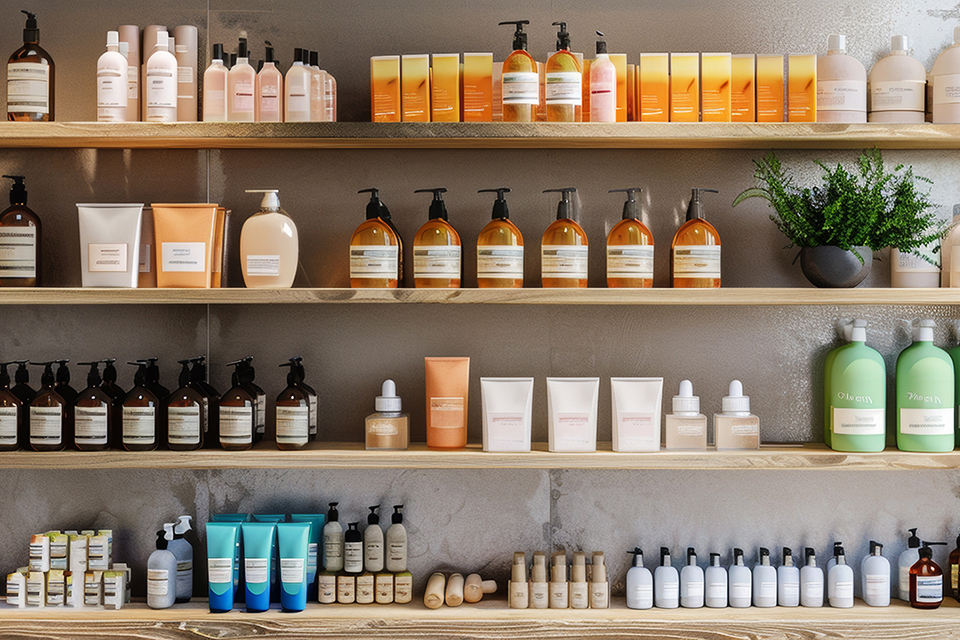Consumer products: cosmetics
Things to consider when buying or using cosmetics.
Applies to England, Scotland and Wales

Cosmetic products are applied to our skin, hair, lips, teeth or nails. They help us stay clean, smell nice, look good or take care of ourselves. Some common types include:
- bath and shower products
- deodorants and anti-perspirants
- hairdressing products (apart from hair extensions)
- lipsticks and nail varnishes
- make-up products
- perfumes
- shampoos and conditioners
- shaving products (apart from razors)
- skin-creams and skin-whiteners
- soaps
- suncreams and tanning products
- toothpastes
All cosmetic products must be safe, whether they are sold, given away, or used by professionals or the public. What they contain is tightly regulated. Some substances are banned and others restricted.
Before a new cosmetic product is made available, it must be assessed by a qualified professional, to confirm it is safe. If it is made available to consumers in Great Britain, it must also be notified to the Office for Product Safety and Standards.
Cosmetic products for consumers in Great Britain must have a named ‘Responsible Person’, with a UK or EU address. This is usually a business but can also be an individual. The Responsible Person must ensure that legal obligations are met.
Product information
The container and packaging of cosmetic products must show or say what the product does and give:
- any precautions for use
- the weight or volume (unless this is less than 5g or 5ml)
- the name and address of the Responsible Person
- an identification number (for example, a batch number)
- the use-by date (with some exceptions, such as single-application packs)
- the country of origin if the product is imported to the UK
- a list of ingredients, though this may be only on the packaging
This information must be in English and easy to read. The list of ingredients allows people with known allergies to check the contents. If the product lacks the space to include everything, it must be provided in the packaging, typically on a leaflet.
Product symbols
The following symbols may be shown on cosmetic products:

- The product has customer information enclosed or attached.
- The product has a ‘best before’ date, after which it may not be safe to use.
- The product has a ‘period after opening’ date, indicated in months or years, during which it is still safe to use.
Check before you buy
Think carefully about who and where you are buying from. Be wary if:
- the purpose of the product is not clear
- the product information is missing or minimal
- the product information is not in English or poorly written
- there is no named ‘Responsible Person’
- there is no UK or EU address, or a mail forwarding or PO Box address is given
- the product is marked as ‘professional use only’
Be particularly cautious if buying skin-whiteners or black spot treatments. These regularly appear in the UK list of product safety reports, recalls and alerts as they have been found to include banned substances.
It’s important to read and follow any instructions when using cosmetic products, and best to store them out of reach of children. (Their presentation must also prevent them being mistaken for food, to help avoid young hands.)